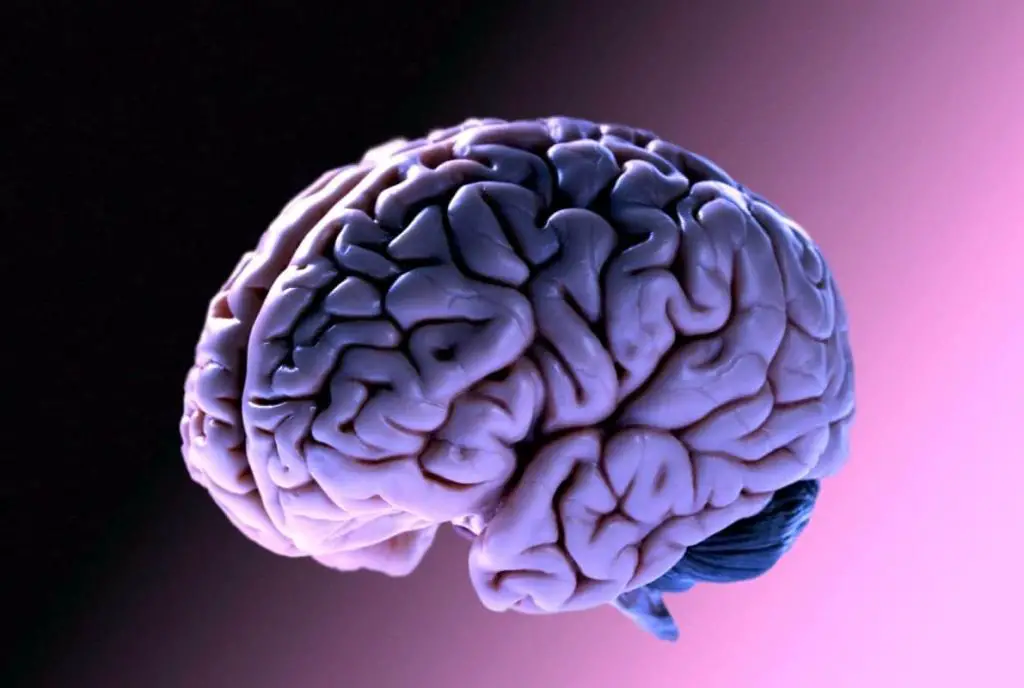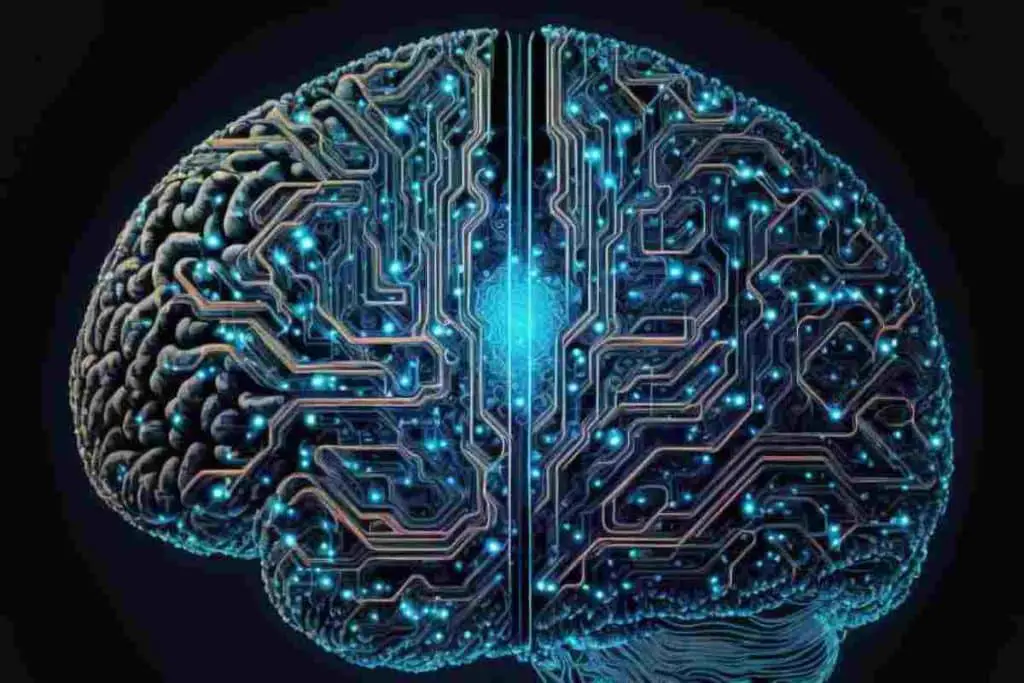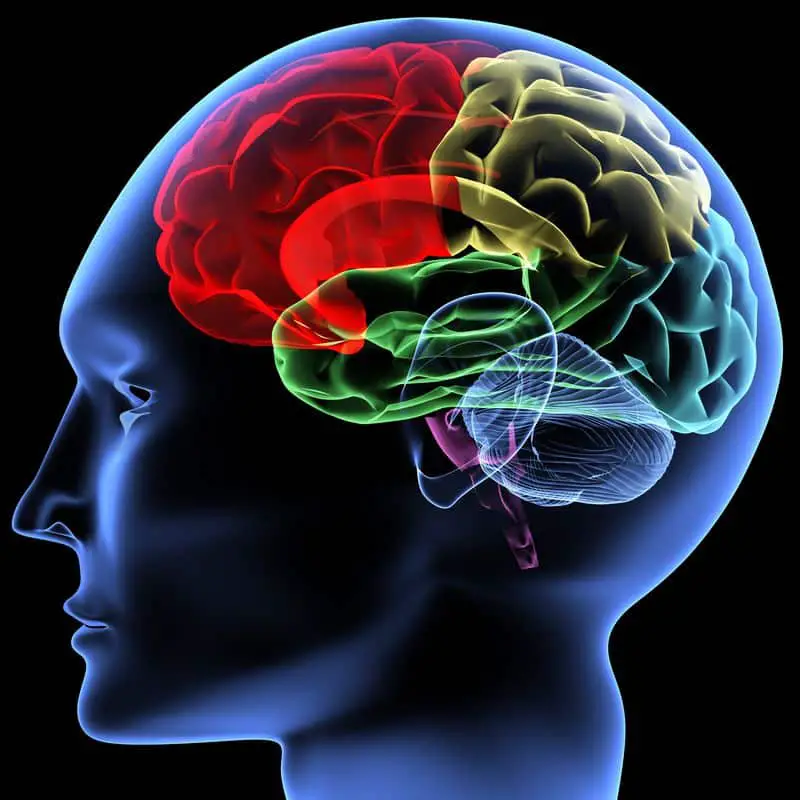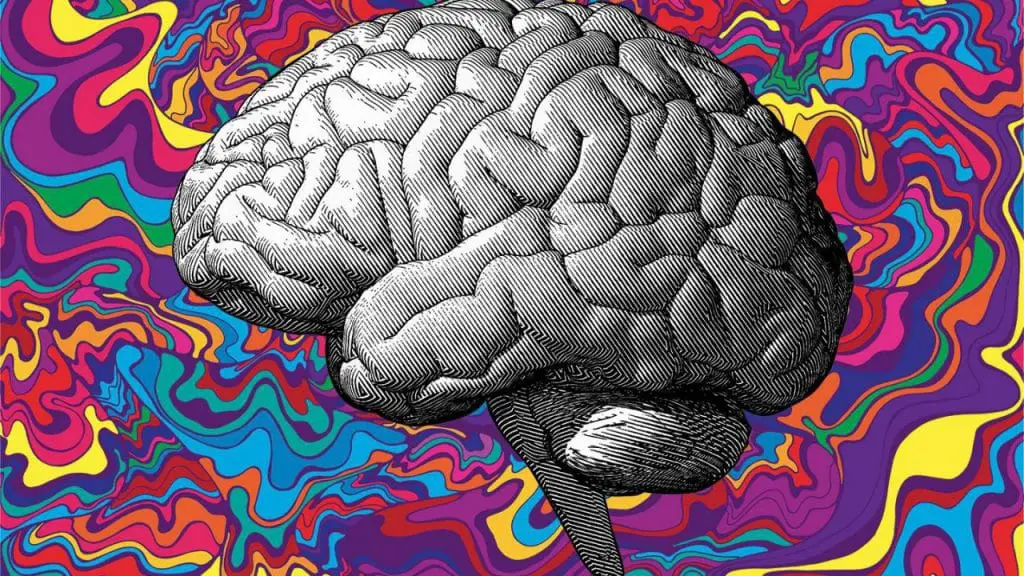By stopping to think before making an important decision, we can imagine the potential outcomes of different choices we might make. Although this “mental simulation” is fundamental to the way we plan and make decisions in everyday life, the way the brain works to achieve this goal is not well understood.
The brain mechanisms used in planning
An international team of scientists has now discovered the neural mechanisms used in planning. His results, published in the journal Nature Neuroscience suggest that an interaction between the brain’s prefrontal cortex and hippocampus allows us to imagine future outcomes to guide our decisions.
“The prefrontal cortex acts as a ‘simulator,’ mentally testing out possible actions using a cognitive map stored in the hippocampus,” explains Marcelo Mattar, assistant professor in the Department of Psychology at New York University and one of the authors of the paper.
“This research sheds light on the neural and cognitive mechanisms of planning, a fundamental component of human and animal intelligence. A deeper understanding of these brain mechanisms could ultimately improve the treatment of disorders that affect decision-making abilities.”
The roles of both the prefrontal cortex, used in planning and decision making, and the hippocampus, used in memory formation and storage, have long been established. However, their specific tasks in deliberative decision making, which are the types of decisions that require thinking before acting, are less clear.

To illuminate the neural mechanisms of planning, Mattar and his colleagues – Kristopher Jensen, a computational neuroscientist at University College London, and Guillaume Hennequin, professor of computational neuroscience at the University of Cambridge – developed a computational model to predict the brain activity during planning.
They then analyzed data from both humans and lab rats to confirm the validity of the model: a recurrent neural network (RNN), which learns patterns based on incoming information.
The model took into account existing planning knowledge and added new layers of complexity, including “imagined actions”, thus capturing how decision making involves evaluating the impact of potential choices, similar to like a chess player imagines sequences of moves before committing to one. . These mental simulations of potential futures, modeled as interactions between the prefrontal cortex and hippocampus, allow us to quickly adapt to new environments, such as taking a detour after finding that a road is blocked.
The scientists validated this computational model using both behavioral and neural data. To evaluate the model’s ability to predict behavior, scientists conducted a new experiment measuring how humans navigated an online maze on a computer screen and how long they had to think before each step.
To validate the model’s predictions about the role of the hippocampus in planning, they analyzed neural recordings from rodents running a physical maze configured in the same way as the human experiment. By assigning a similar task to humans and rats, the researchers were able to draw parallels between the behavioral and neural data, a particularly innovative aspect of this research.

The experimental results were consistent with the computational model, showing an intricate interaction between the prefrontal cortex and hippocampus. In human experiments, participants’ brain activity reflected more time spent thinking before acting when navigating the maze. In experiments with laboratory rats, the animals’ neural responses to moving through the maze resembled the model simulations.
“Overall, this work provides fundamental knowledge about how these brain circuits enable us to think before acting to make better decisions,” notes Mattar. “Furthermore, a method in which both human and animal experimental participants and RNNs have all been trained to perform the same task offers a novel and fundamental way to gain detailed insights into behaviors.”
Cognitive maps in certain brain regions are compressed during goal-seeking decision making
Human decision making has been the focus of a wide range of research studies. Collectively, these research efforts could help better understand how people make different types of everyday choices, while also shedding light on the neural processes underlying these choices.
The findings suggest that while making instantaneous decisions, or in other words, choices that must be made quickly based on the information available at a given moment, humans rely heavily on contextual information. This contextual information can also guide so-called sequential decisions, which involve making a choice after observing the sequential unfolding of a process.
Researchers from the University of Oxford, the National Research Council in Rome, University College London (UCL) and the Max Planck Institute for Human Development recently conducted a study exploring the impact of context on goal-directed decision making. Their findings, published in Neuron, suggest that goal seeking “compresses” spatial maps in the brain’s hippocampus and orbitofrontal cortex.
“Human beings can flexibly orient themselves to achieve their goals,” Paul S. Muhie-Karbe, Hannah Sheahan and their colleagues wrote in their paper. “We asked how the neural representation of allocentric space is distorted by goal-directed behavior. Participants guided an agent to two successive goal locations in a grid environment comprising four interconnected rooms, with a contextual cue indicating the conditional dependence of one goal location on another.”
To further explore what happens in the brain during purposeful decision making, researchers conducted an experiment involving 27 human participants. These participants completed a task on a computer screen, which involved navigating a virtual environment while controlling an avatar.

This avatar could move through a partially visible world represented in the form of a grid. This virtual world included four different rooms connected to each other, and participants only saw the room occupied by their avatar from above (i.e., with a bird’s eye view).
During each experimental trial, participants’ avatar appeared in a randomly chosen room, and participants were asked to move it using buttons on a keyboard to collect rewards by colliding with some boulders while avoiding empty ones.
At the start of each trial, participants were also offered a contextual cue, which hid partial clues that suggested (but did not clearly reveal) where the rewards might be found in the virtual world. Specifically, when participants completed this task that required goal-directed decision making, their brain activity was recorded by an fMRI scanner.
“By examining the neural geometry with which room and context were encoded in fMRI signals, we found that map-like representations of the environment emerged in both the hippocampus and neocortex,” Muhie-Karbe, Sheahan, and their colleagues wrote.
“Cognitive maps in the hippocampus and orbitofrontal cortex were compressed so that locations designated as targets were encoded together in neural state space, and these distortions predicted successful learning. This effect was captured by a computational model in which current and future positions are jointly encoded in a place code, providing a theory for how goals warp the neural representation of space into macroscopic neural signals.”

Essentially, Muhie-Karbe, Sheahan, and their colleagues found that the environment the participants virtually accessed was encoded as a map in parts of their brains, particularly the hippocampus and neocortex. Interestingly, however, these cognitive maps were somewhat compressed and encoded locations relevant to the goal they were trying to achieve together.
These findings shed new light on the neural basis of goal-directed decision making, suggesting that the brain may use compression mechanisms to contextually modulate sensory information during decision making to achieve a specific goal. In the future, new studies could delve deeper into these compression processes, which could lead to fascinating new discoveries about the brain.
#brain #plan